Surprisingly, mathematics plays a significant part in the many aspects of cooking and baking. Valuable instruments are available to make preparing meals more accessible, such as measuring cups, spoons, and scales.
However, you will need at least some knowledge of measuring, fractions, and geometry to cook and bake successfully. The ability to time recipes, modify and monitor cooking temperatures, and measure and weigh materials are necessary for chefs.
In addition, it is essential to have a foundation in the science and mathematics of nutrition to make recipes suitable for specific diets.
Culinary Math
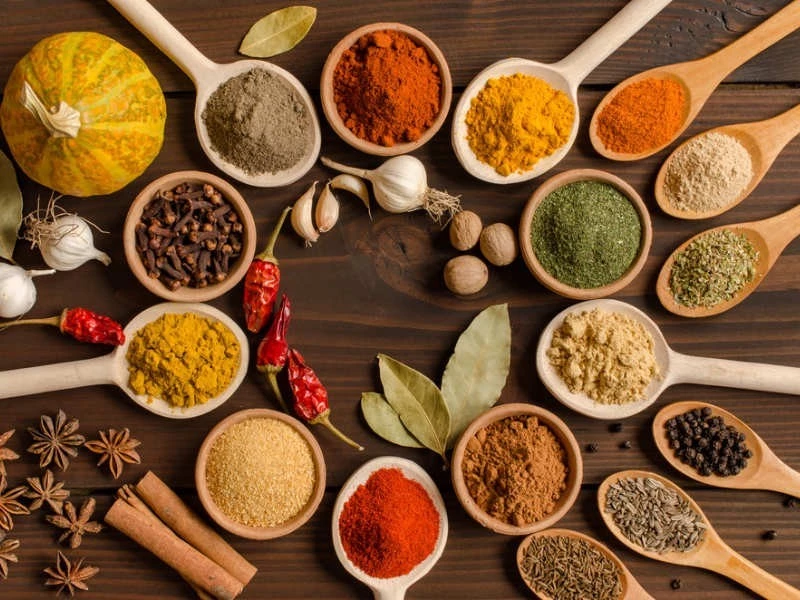
The intersection of kitchen science and mathematics has given rise to a new subject known as “culinary math.” It is necessary to have a secure grasp on the concept that putting up delicious meals does not consist of just throwing together the individual components in an arbitrary order. A brilliant chef has quite a few characteristics of a scientist and a mathematician.
The reason is that everything that seems easygoing and unplanned in cooking programs is, in reality, the product of a great deal of toil and training over many years. Calculations ranging from simple to sophisticated are required during the cooking process. Throughout the many phases of the meal, numbers are essential for various reasons, including calculating portions and boosting output when necessary.
How You Can Teach Math To Your Kids In The Kitchen
Grocery Shopping
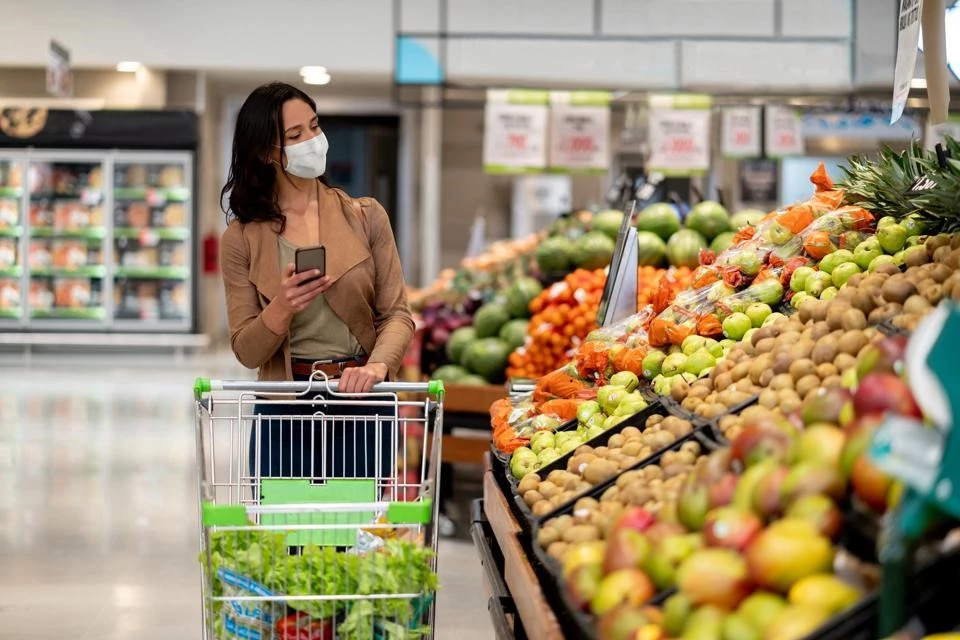
When buying groceries and other things for the kitchen, a lot of arithmetic is involved. While shopping for groceries, we must make cost estimates, formulate meal plans, and stick to the budget.
Basic Math Concepts
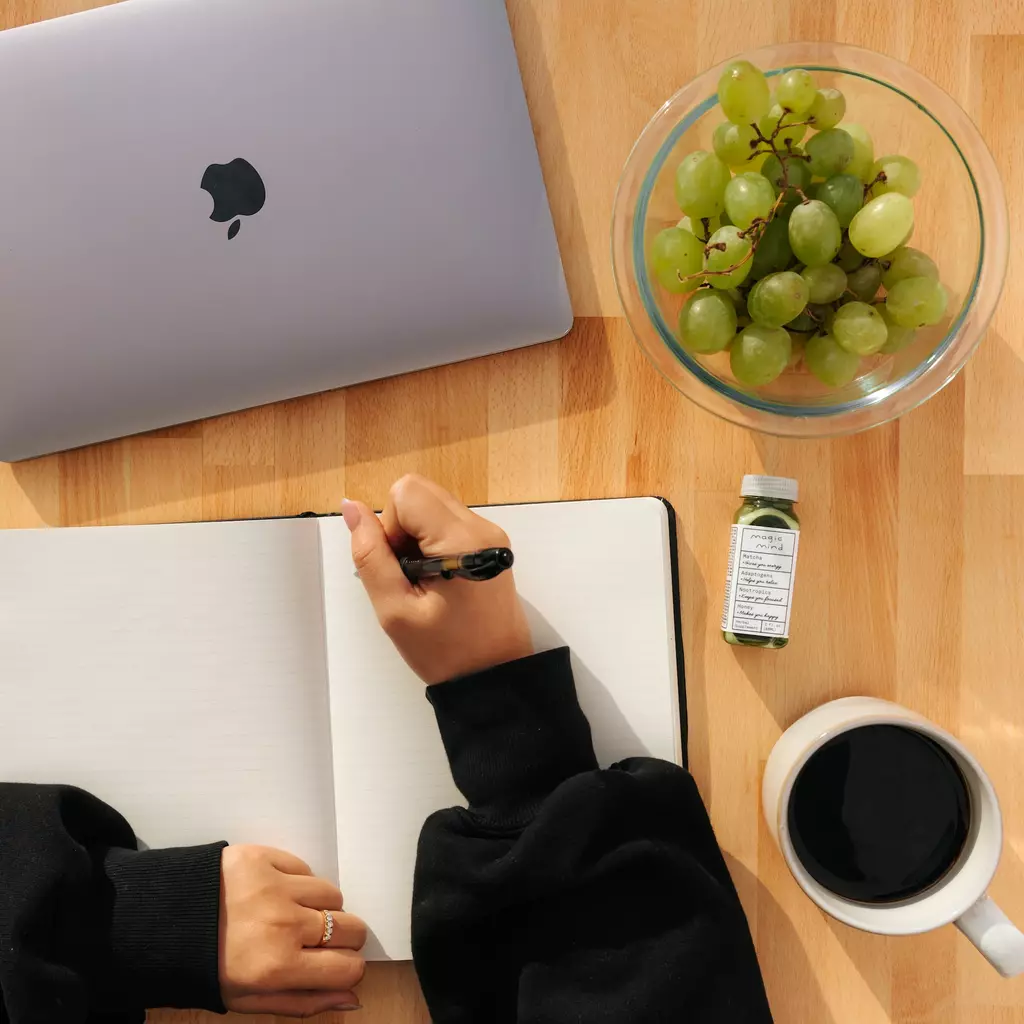
When it comes time to restock your kitchen pantry the next time you have to make a trip to the nearby supermarket, why don’t you suggest to your kid that he compile a list of the foods they would like to purchase and choose the appropriate number of each item from the store shelves?
For example, let’s say he wants to purchase one bottle of jam and three packages of biscuits, but you observe that he only took two packets of biscuits with him to the store. You may have your youngster count out loud the number of biscuit packs in the shopping basket. Count with your kid, saying, “One, two.”
When he sees that he only has two, you might ask him to choose another package from the shelf and put it in the basket so that the total is three.
The mathematical principles of addition and subtraction may be introduced to toddlers in a meaningful manner via visual representations in the classroom. Participating in this exercise will also improve your child’s counting abilities.
Measurement Concept
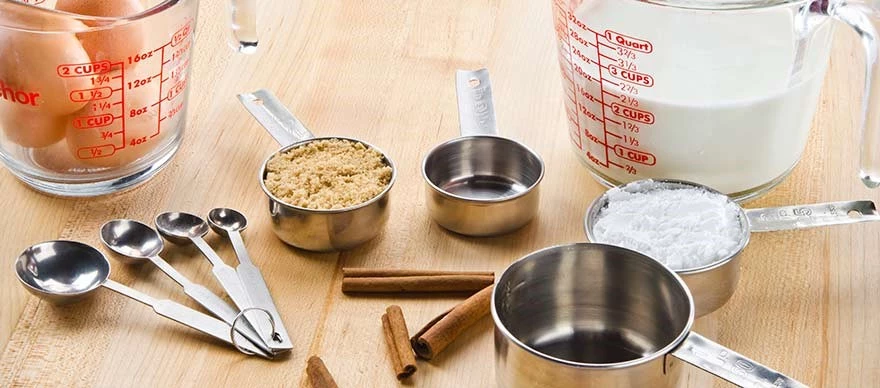
Getting young children involved in a fun activity like baking chapattis is a great way to expose them to fundamental notions of measuring in a manner that is both educational and entertaining. You may instruct your youngster to pour two cups of flour into a basin while counting out loud to themselves, “One, two.” Then it would help if you had him pour ten teaspoons of water into the flour while reciting the numbers 1-10 aloud.
Give the dough to your kid to knead and have them roll it into balls. After that, you might inquire about the number of dough balls he has and the number of chapattis that can be fashioned from them.
Your youngster may learn to accurately measure the materials needed to make dough while having fun playing with dough. This is a win-win activity.
Understanding The Shape
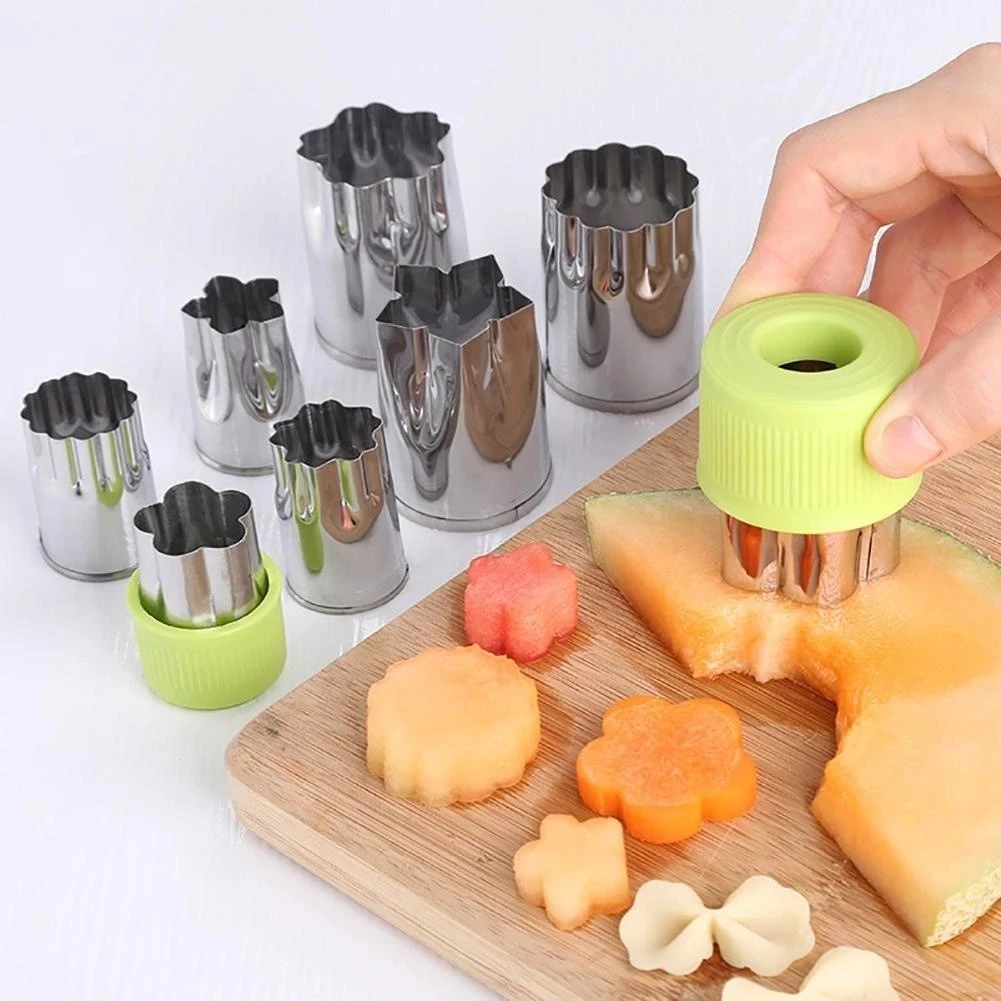
What would you do if your kid requested that you make his favorite cookies? It would help if you took advantage of this situation to educate him about fundamental shapes like squares, rectangles, and triangles in a language he can comprehend.
It’s an excellent chance for you to do so. You can include him in every step of the procedure, from mixing the cookie dough to cutting a form out of the dough. You will need cookie cutters in a variety of shapes to do this. You can also demonstrate to him how to shape the dough by utilizing a visual chart depicting various forms.
During the process in which your kid is shaping the dough, it is essential to name each form. After you have cooked the cookies in the oven and allowed them to cool, you can give them to your kid and then inquire as to whether or not he recalls the names of each of the shapes in the cookies.
Your toddler may explore and get familiar with various fundamental shapes while helping you make cookies.
Requirement Estimation
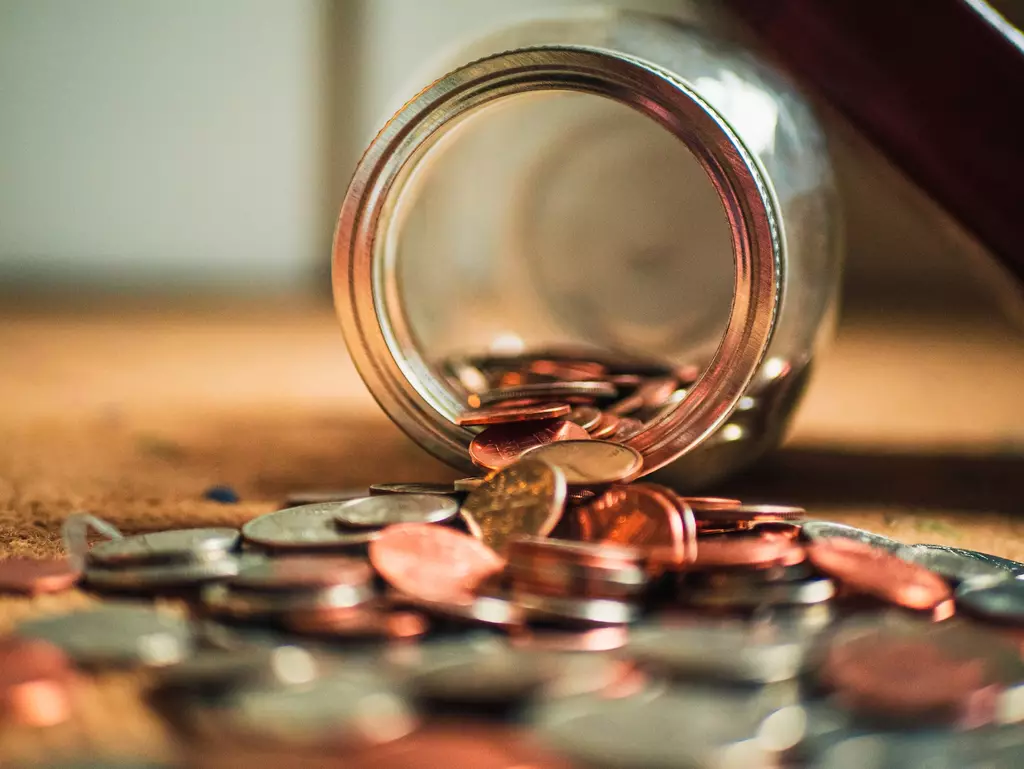
Have a conversation with your kid about how many candy bags she thinks she’ll need to purchase to satisfy her other students’ demands. Consider that a package of thirty sweets costs $20. How many individual packets would she need to purchase to have enough for all 90 pupils in her class, and what will the total cost be?
Being able to estimate is a crucial ability in mathematics. Your youngster will learn how to evaluate swiftly without the assistance of a calculator with this activity.
Measuring Proportions
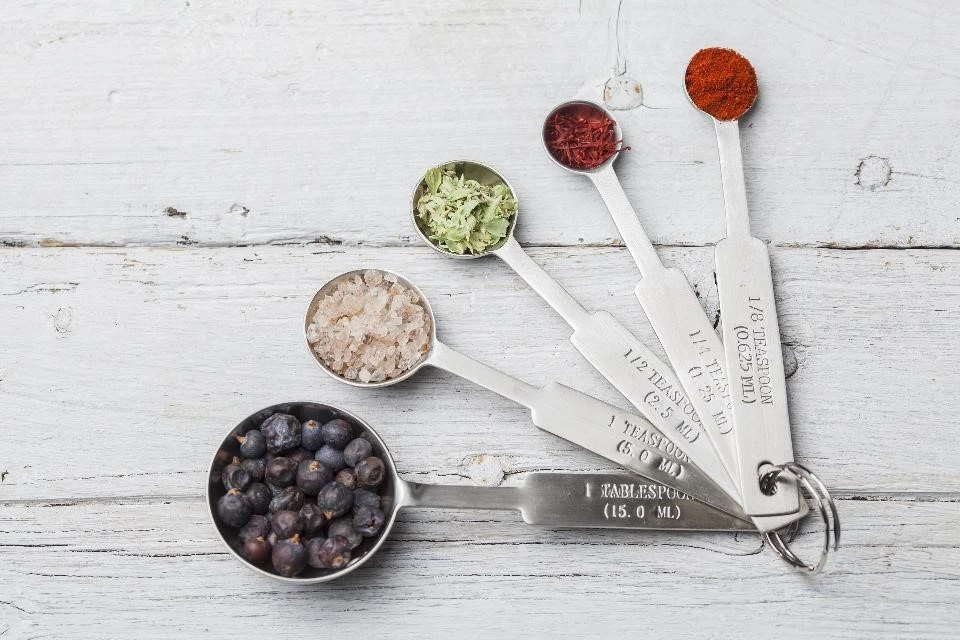
The older children may lend you a hand in determining the appropriate weights for each of the components needed to prepare their preferred cuisine. When following a recipe, it is common to be required to weigh the various components in grams, pounds, or ounces.
Your youngster can weigh the ingredients in various units and give them to you if you have a digital scale in the kitchen.
Your child’s ability to estimate weights and understand the various weight measurement units may be improved by having them regularly use a kitchen scale to weigh different objects.
Time Calculation
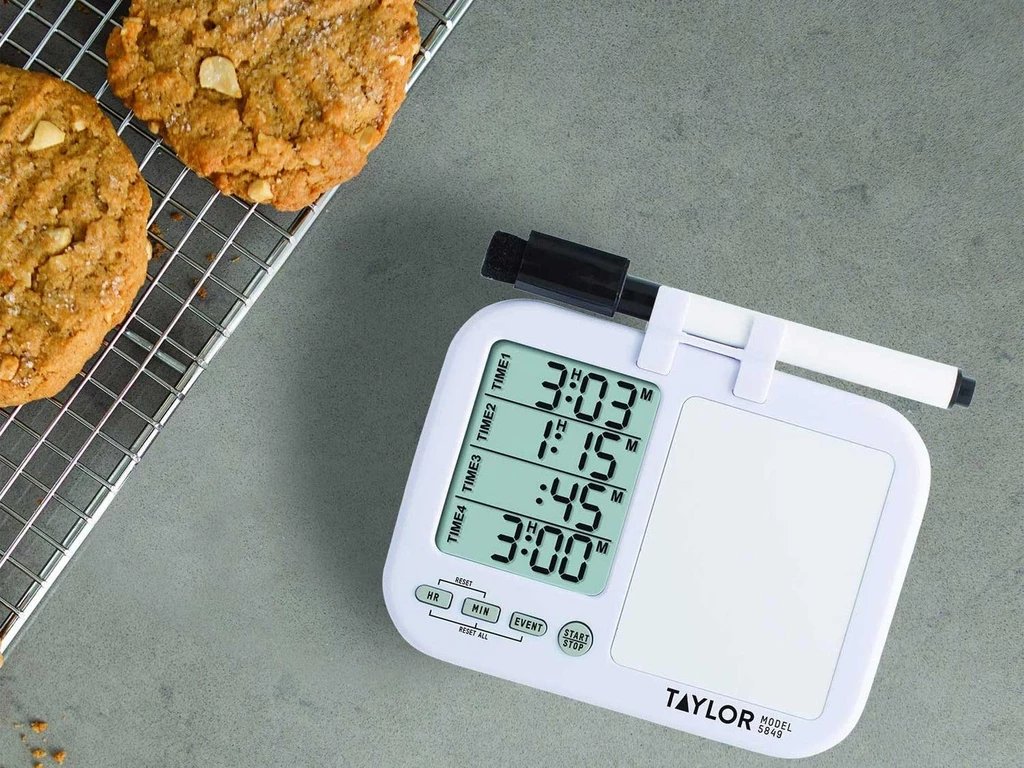
In the kitchen, diverse tasks need you to measure out periods. If you are using a microwave for baking a cake, you can put the cake pan inside the microwave and ask your child to set the time and temperature for the cake.
Preschoolers and younger children may have a tough time reading the time from a clock and doing it accurately. Nevertheless, older children benefit from practicing and developing precise knowledge of time concepts when they can contribute to culinary activities that include calculating time intervals.
Calories Count

Have a conversation with your children about how they can estimate the number of calories they will eat by glancing at the food label on a bag of chips. Explain to your kid that calories are a unit of measurement used to determine the energy in food and that eating more calories than necessary may increase body weight.
Not only will kids be able to improve their arithmetic abilities, but they will also be better able to comprehend the significance of avoiding junk food and having a well-balanced diet if they calculate the number of calories in the food they consume. As a point of reference, you should ensure a chart detailing the number of calories in the various food categories.
Conclusion
There are a variety of other activities you can do in the kitchen with your children that will teach them valuable math and scientific ideas and keep them entertained. Children pick up information more effectively when they actively engage in a task instead of just consulting their textbooks. All you want is an open mind and the desire to have fun. Therefore, go ahead and whip up some mathematical prowess.
